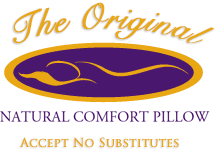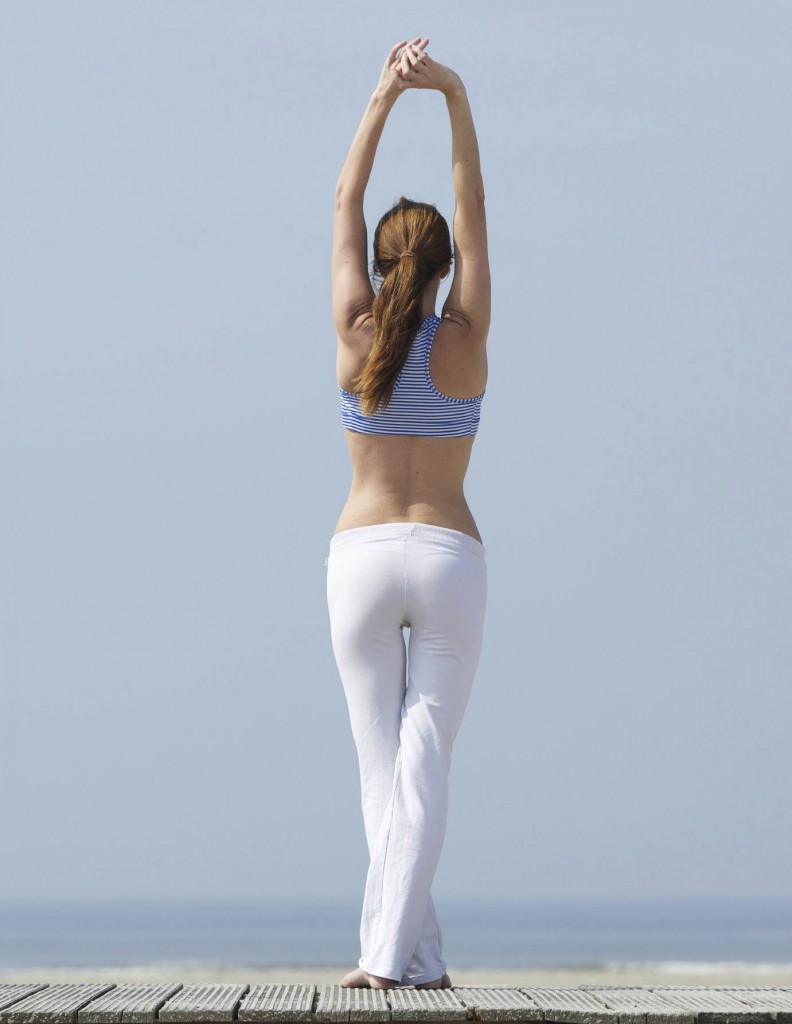 In our last article, Resolve to Reduce Pain & Live a Happier, More Active Life in 2015, we talked about New Year’s resolutions, which in essence are goals. In this series, we’d like to dive deeper into the connection between goals and sleep, and offer a step-by-step process that can help you sleep better and attain your goals for 2015.
In our last article, Resolve to Reduce Pain & Live a Happier, More Active Life in 2015, we talked about New Year’s resolutions, which in essence are goals. In this series, we’d like to dive deeper into the connection between goals and sleep, and offer a step-by-step process that can help you sleep better and attain your goals for 2015.
Let’s start off with strategies that can help you sleep better. Without proper sleep, attaining your goals becomes more difficult. And if you’re experiencing sleep deprivation, you’re facing a major obstacle that’s smack in the middle of where you are and where you want to be. And sometimes, better sleep and less pain are the most important goals you can attain!
In a previous post, we talked about 5 Tips for a Better Night’s Sleep, which include setting a schedule of when you go to sleep and when you wake up, staying physically active during the day, creating a bedtime ritual and being mindful about what you eat close to bedtime.
Another tip we covered is making sure you’re comfortable in bed. It’s one of the easiest things to do — if you know what to look for. But the kind of comfort we’re talking about here goes beyond comfy PJs and a soft down feather pillow. As a matter of fact, that soft feather (or foam) pillow may be doing you more harm than good.
Sure, down feathers and foam are soft, and we associate soft with comfort, but what your body craves when you lay down to sleep is support — especially in the head, neck and back areas.
Whether you’re a world-class athlete, or simply suffering from neck or shoulder pain, the trick to getting a good night’s sleep is alleviating the tension in your neck, shoulders and back. Once the tension is alleviated, muscles have the chance to relax, which can help speed training recovery in athletes and lower pain, stiffness and soreness in anyone who uses the Natural Comfort Pillow.
And with less pain, comes a much better opportunity for better sleep.
With such busy lives, it’s often a challenge just to get through the day. Add in the initiative to attain one or more goals, and good sleep becomes a critical component to succeeding. We encourage you to read more of our articles on improving sleep (see the “Better Sleep” category in the right-hand sidebar), and to explore the Natural Comfort Pillow website to gain a better understanding on how our pillow works and what types of issues it can help resolve. In addition to diminishing neck and shoulder pain, our supportive pillow also helps align your spine and can help with snoring, sleep apnea and more!
In our next installment of The Connection Between Goals & Sleep, we’ll be talking about how to discover and clearly define your goals.
Until then, sleep well!
You may also like:
The Connection Between Goals & Better Sleep, Part 2: Discovering Your Goals
The Connection Between Goals & Better Sleep, Part 3: Clearly Defining Your Goals
The Connection Between Goals & Better Sleep, Part 4: Implementing a Step-by-Step Plan of Action





